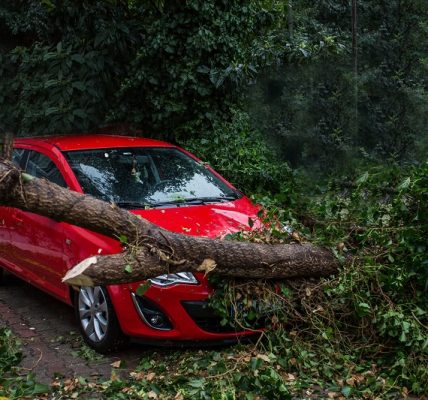Congratulations on finding the perfect used car! Now comes the crucial step of securing insurance. While similar to insuring a new car, there are some nuances to consider when it comes to used car insurance. This guide will equip you with the knowledge you need to navigate the process and get the right coverage for your pre-owned vehicle.
Understanding Used Car Insurance: Not a Different Beast, Just a Different Vintage
Used car insurance isn’t a separate type of insurance; it’s the same coverage offered for new cars but with some potential variations in cost and coverage options. The core principles remain the same: liability coverage protects others in case you cause an accident, while comprehensive and collision coverages protect your vehicle from theft, damage caused by other events (like hail or vandalism), and collisions, respectively.
Cost Considerations: Age, Value, and How it Impacts Your Premium
One of the main differences between insuring a new and a used car is the cost. Generally, used cars are cheaper to insure because their value has depreciated. This means the insurance company pays out less if your car is totaled in an accident.
Here are some factors that can influence the cost of used car insurance:
- The car’s age and value: Older cars with lower market values typically have lower insurance premiums.
- Your driving record: A clean driving record with no accidents or violations translates to lower premiums.
- Your location: Insurance rates vary depending on factors like population density, crime rates, and accident frequency in your area.
- Your annual mileage: The more you drive, the higher the potential risk of an accident, which can lead to a higher premium.
- The type and amount of coverage: Comprehensive and collision coverages become optional on older cars with lower values. Consider the cost-benefit analysis before adding these coverages.
Finding the Right Coverage: Tailoring Your Policy to Your Needs
The type and amount of coverage you choose depends on your specific needs and the value of your car. Here’s a breakdown of the key coverages to consider:
- Liability Insurance (Required): This covers bodily injury and property damage to others if you cause an accident. Minimum state-required liability limits might not be sufficient, so consider purchasing higher limits for better protection.
- Comprehensive Coverage (Optional): This covers damage to your car caused by events other than collisions, such as theft, fire, vandalism, or weather events.
- Collision Coverage (Optional): This covers repairs to your car if you collide with another vehicle or object.
Beyond the Basics: Valuable Add-On Coverages for Used Cars
While comprehensive and collision coverage might not be essential for older cars with minimal value, some add-on coverages can be beneficial:
- Gap Insurance: This covers the difference between your car’s market value and the amount your insurance company pays out if it’s totaled in an accident (especially relevant if you have a loan on the car).
- Roadside Assistance: This assists with flat tires, dead batteries, and towing, which can be particularly valuable for older vehicles.

The Art of the Deal: Getting Quotes and Comparing Rates
Don’t settle for the first insurance quote you receive. Shop around and compare rates from different insurance companies. Here are some tips for getting the best deal:
- Get quotes online or by phone. Many insurance companies offer online quote tools, making it easy to compare rates.
- Provide accurate information. Be honest about your driving record, annual mileage, and the car’s details to ensure you receive accurate quotes.
- Ask about discounts. Many insurance companies offer discounts for things like good driving records, bundling insurance policies (e.g., car and home), and taking defensive driving courses.
- Consider raising your deductible. A higher deductible lowers your premium, but you’ll be responsible for paying more out of pocket if you need to file a claim.
Related: How to Get Cheap Car Insurance
The Final Gear: Making an Informed Decision
The best-used car insurance policy strikes a balance between affordability and adequate coverage. Consider your financial situation, the value of your car, and your driving habits when making a decision. Don’t hesitate to ask questions and clarify any doubts you have with insurance providers before finalizing your policy.
Bonus Tip: Maintaining Your Coverage: Keeping Your Rates Low
Once you have the right insurance, maintaining a clean driving record, taking advantage of available discounts, and reviewing your coverage periodically to ensure it still aligns with your needs can all help you keep your insurance rates low.





